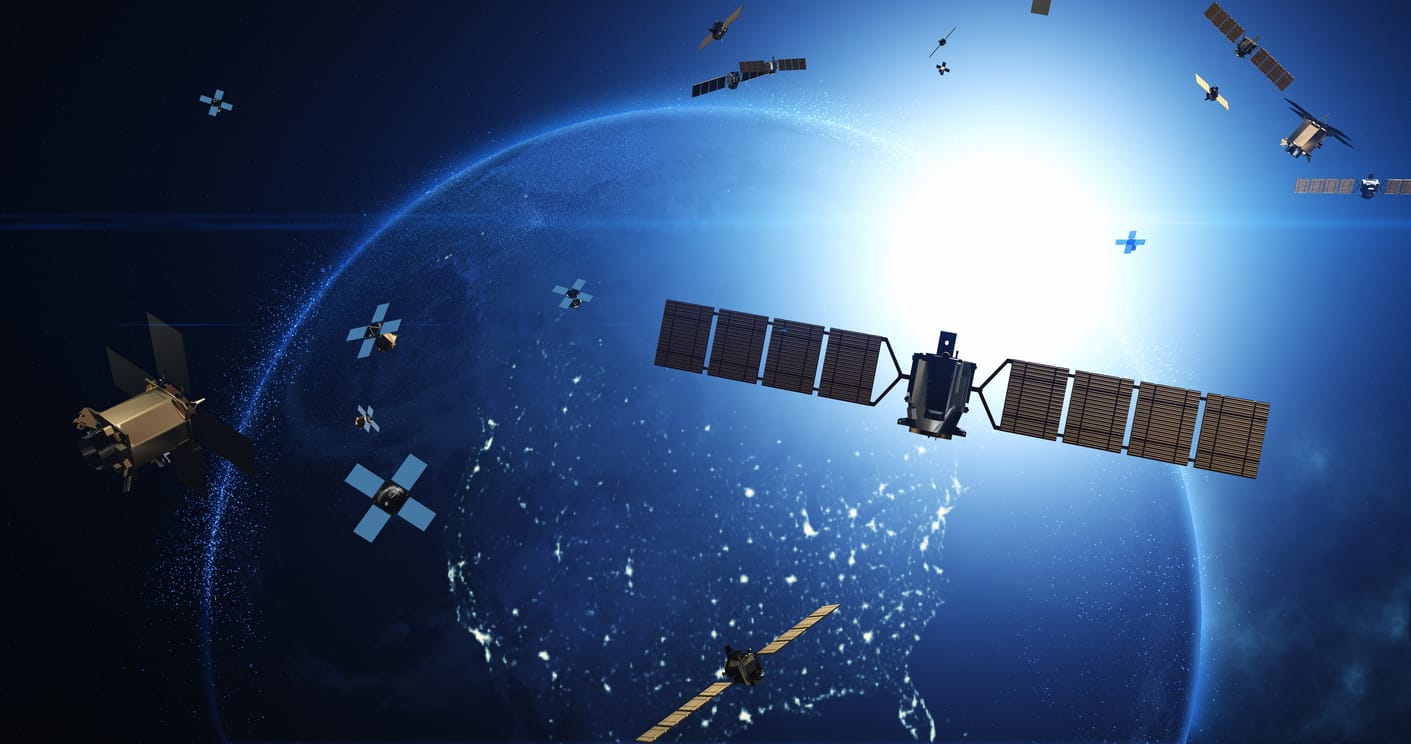
Virgin Media O2 & Starlink
In a bold step to improve mobile connectivity, Virgin Media O2 has announced a partnership with Starlink to launch a new service called “O2 Satellite”. This initiative is designed to extend mobile messaging and data access into areas where traditional mobile coverage is unreliable or entirely missing. This is welcome news for our Active Digital customers. The rollout is scheduled to begin in the first half of 2026, with voice services expected to follow later.
The core idea behind O2 Satellite is to leverage the large constellation of low-Earth-orbit satellites operated by Starlink to serve as a backhaul or alternative route for mobile traffic in remote locations. In regions where laying fibre cables or installing microwave links is prohibitively expensive or simply impractical, satellite technology offers a viable path to delivering connectivity. Virgin Media O2 has already experimented with this model in remote parts of the UK, using Starlink to reach places such as the Scottish Highlands and the village of Craster in Northumberland.
From the operator’s perspective, the move plays into the broader government and industry-led goal of bringing 4G coverage, and eventually 5G, to the vast majority of the UK’s landmass — including rural, coastal and island communities that have historically seen little investment in mobile infrastructure. Virgin Media O2 says it aims to cover more than 95 % of the UK landmass within 12 months of the launch of O2 Satellite.
For users living or travelling in remote areas, the benefits are clear. Imagine hiking in the Cairngorms, visiting a remote beach on the Isles of Scotland, or working on a rural farm in Cumbria: mobile connectivity has often been patchy or non-existent. With O2 Satellite, at least messaging and basic data services should work even when there is zero conventional signal. This offers a meaningful step in closing the digital divide. Meanwhile, the ability to make voice calls via satellite in future iterations opens up further possibilities.
Virgin Media O2 has highlighted that customers will have to pay a monthly subscription to use O2 Satellite. From a strategic viewpoint, this partnership with Starlink positions Virgin Media O2 as a market leader in the UK in offering satellite-enhanced mobile services. Being the first major operator to bring a commercial satellite mobile service of this kind (at least in the UK market) gives them a competitive edge. It also aligns with their broader network investment strategy: the company has committed hundreds of millions of pounds into its “Mobile Transformation Plan”, which includes upgrading 4G/5G infrastructure, deploying small cells in urban areas, and using satellite technology in the hardest-to-reach spots.
There are also broader benefits for emergency services and resilience. If mobile masts fail (due to weather, fire, vandalism or power outages), having a satellite-backed route can help maintain essential connectivity. Remote communities and visitors alike gain greater reassurance that they can stay in touch when it matters. Virgin Media O2 itself has proactively trialled satellite links for mobile coverage in remote tourist locations.
Looking ahead, there are a few key areas to watch. One is the pricing and how many customers will adopt the service, will the subscription cost be justified by the value in remote areas? Another is how well the user experience holds up once the service is live: if performance is satisfactory, then satellite mobile services could become a viable mainstream alternative in places where terrestrial coverage is weak. Finally, competition is heating up: other operators are exploring satellite options, so the landscape is changing.
In conclusion, O2 Satellite is an exciting development in UK mobile connectivity. By partnering with Starlink, Virgin Media O2 is pushing beyond the constraints of traditional infrastructure to bring messaging and data services to remote and underserved areas. This is a major step toward inclusive connectivity, ensuring that geography is less of a barrier to staying connected. As the service launches and matures, it will be interesting to see how well the performance and uptake match the ambition, and whether voice calls and other advanced features arrive as promised.
For anyone working, living, or travelling in areas where mobile signal is a challenge, the prospect of always being able to send a message or access the internet is a very welcome one. A brilliant and bold move from Virgin Media O2. iPhone 14 and later models are compatible with satellite features for emergency services and messaging.
We can’t wait to see how this partnership develops.


